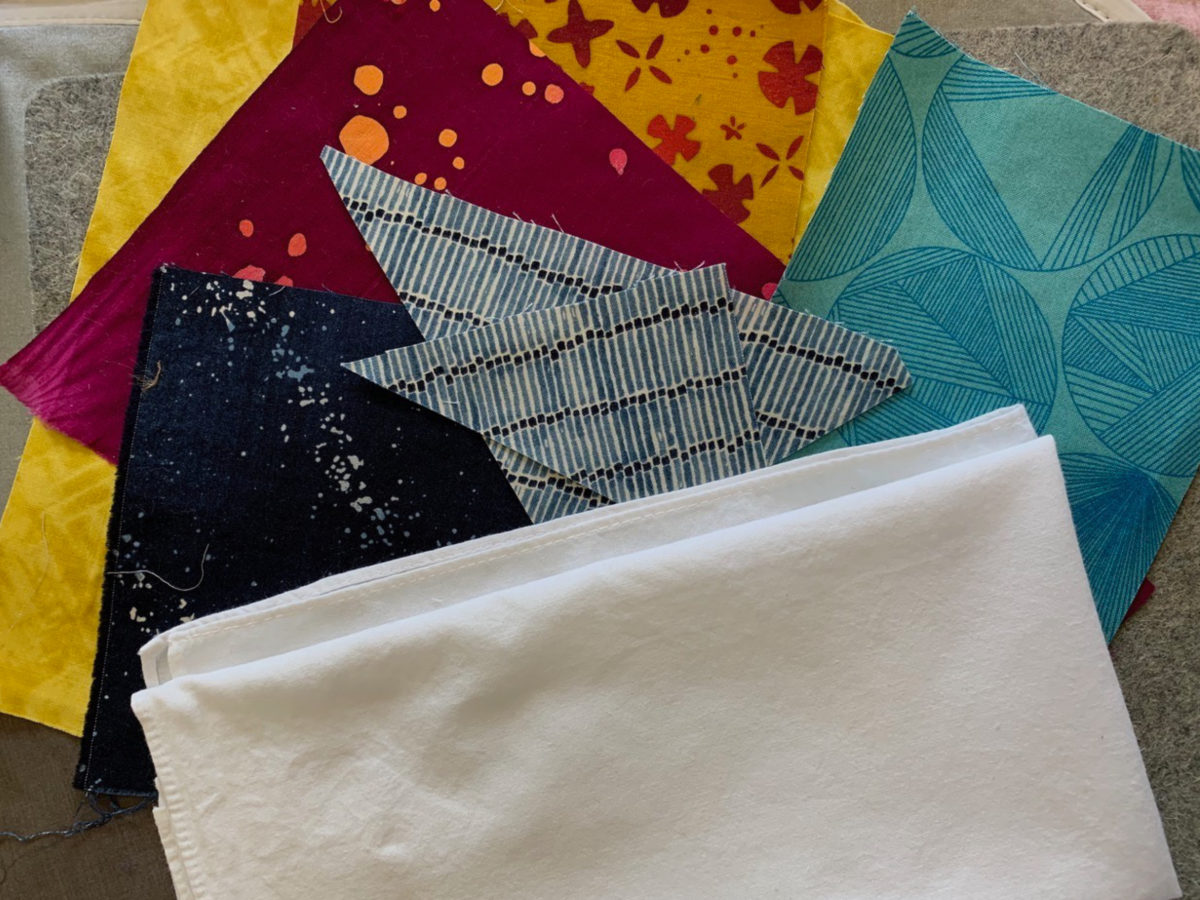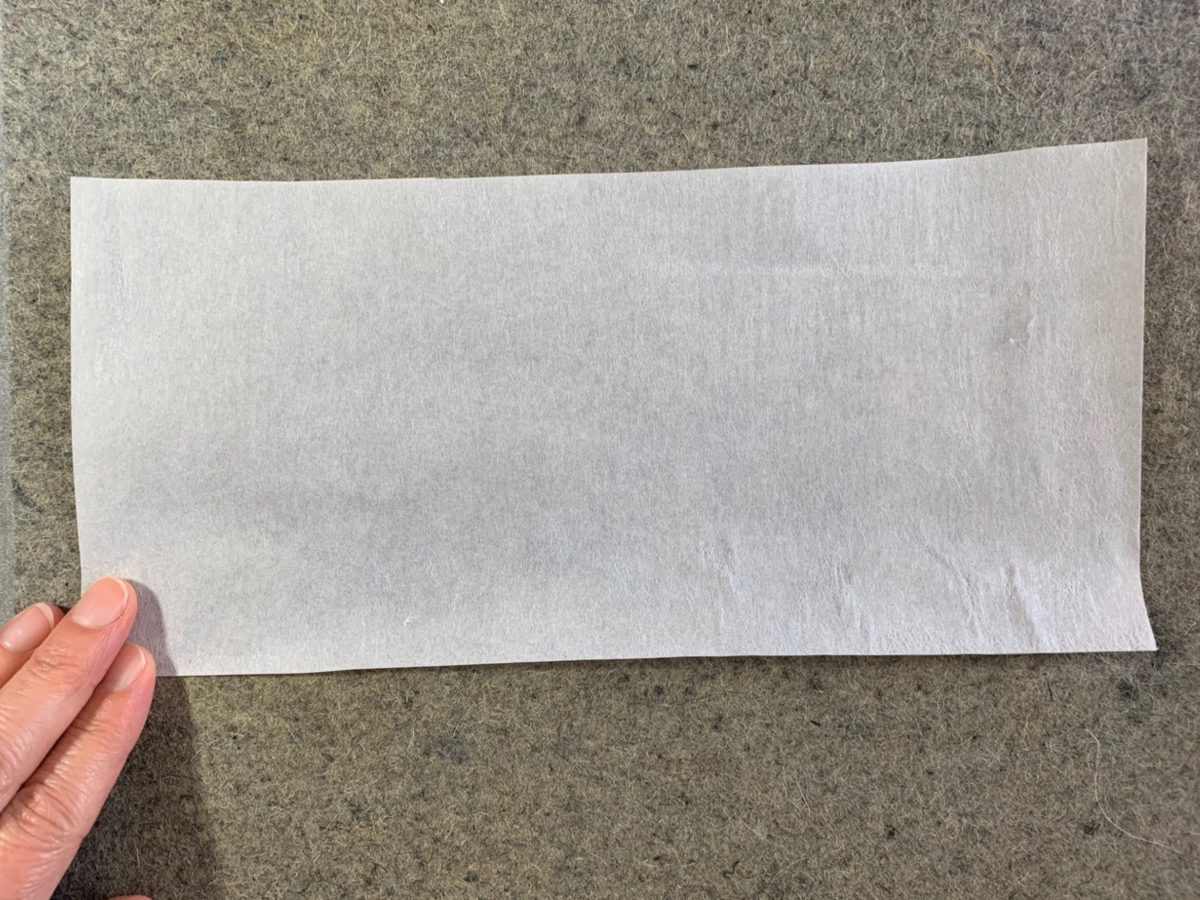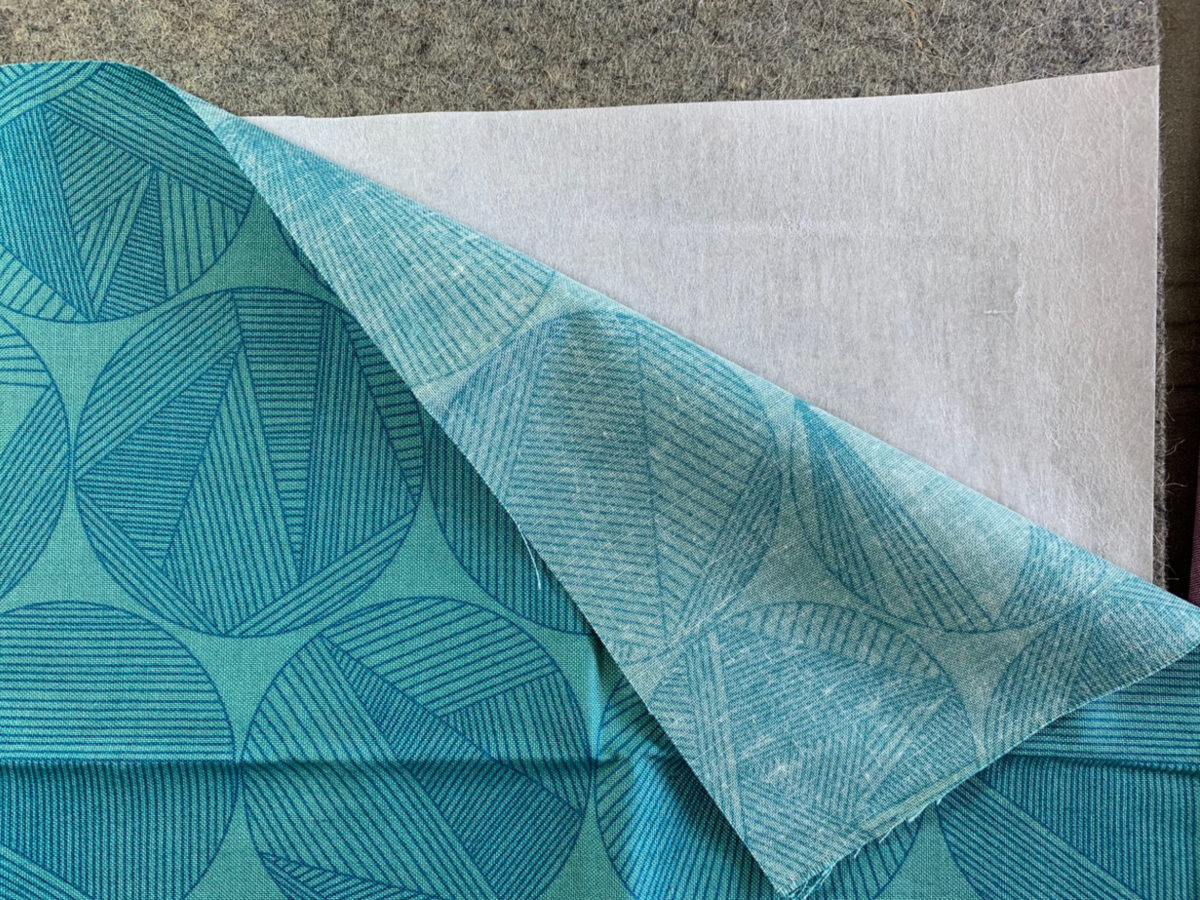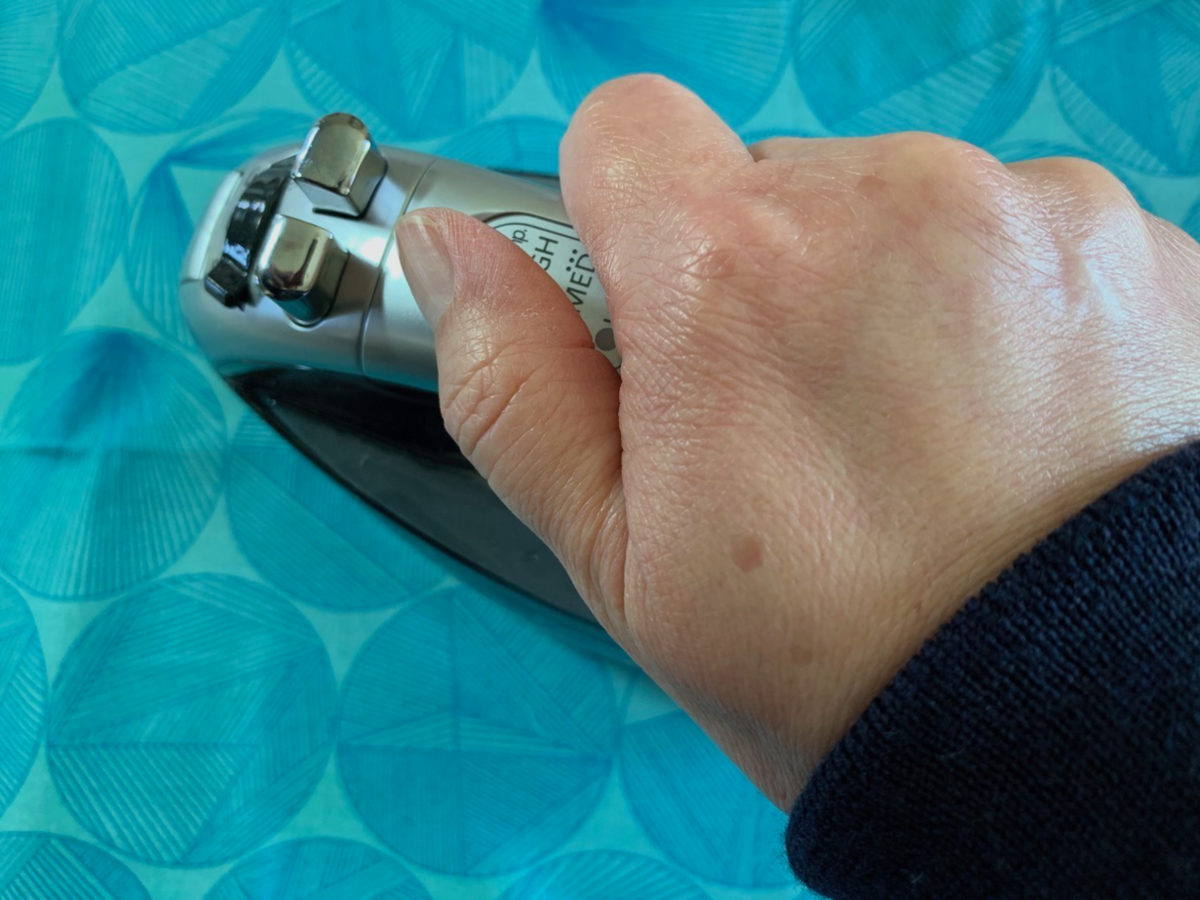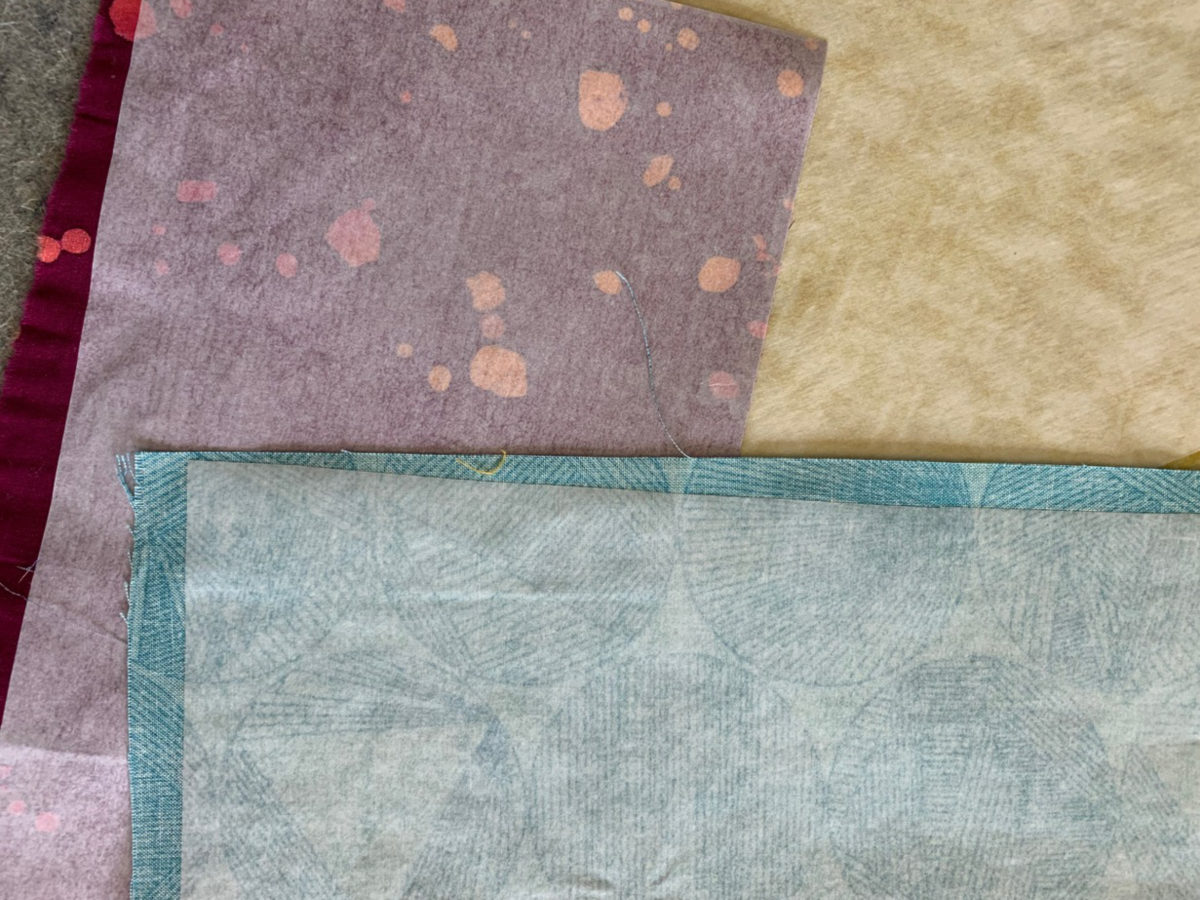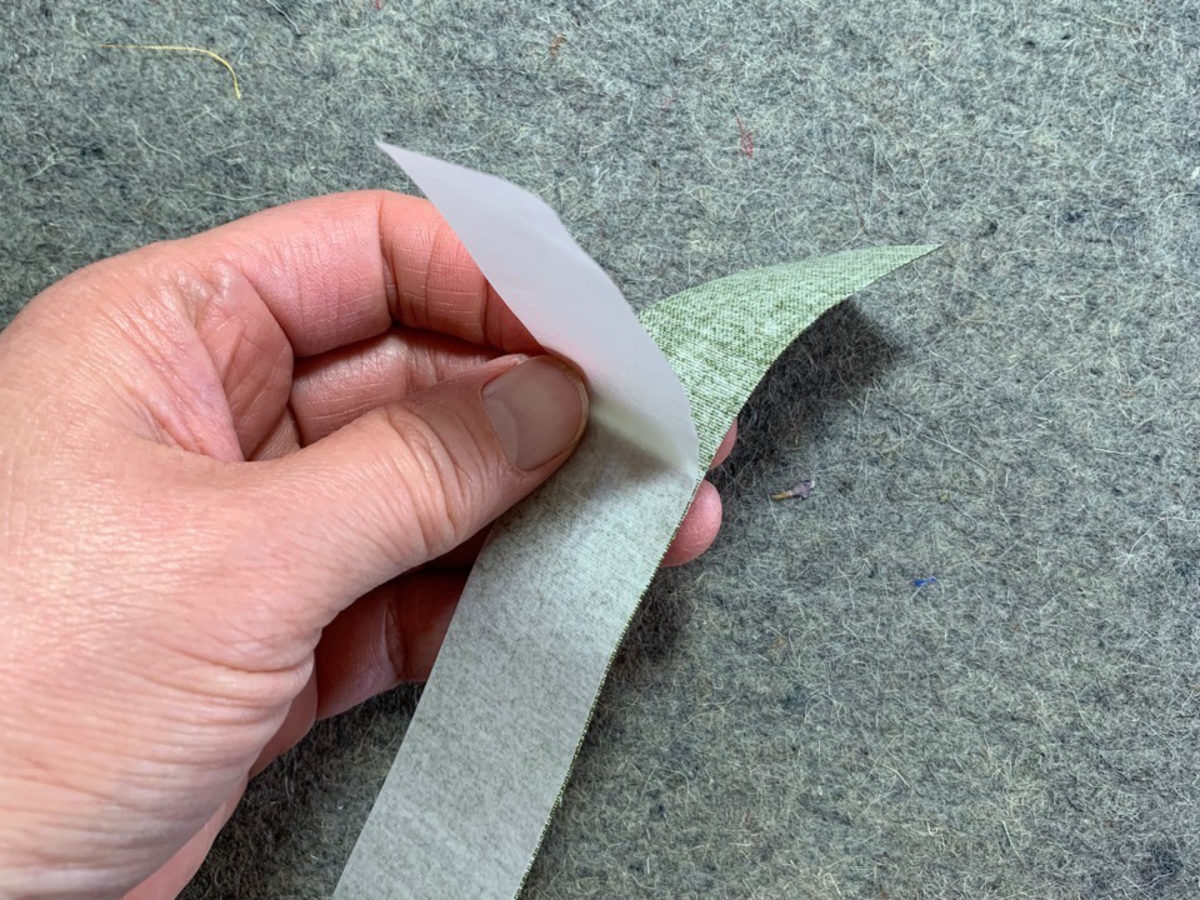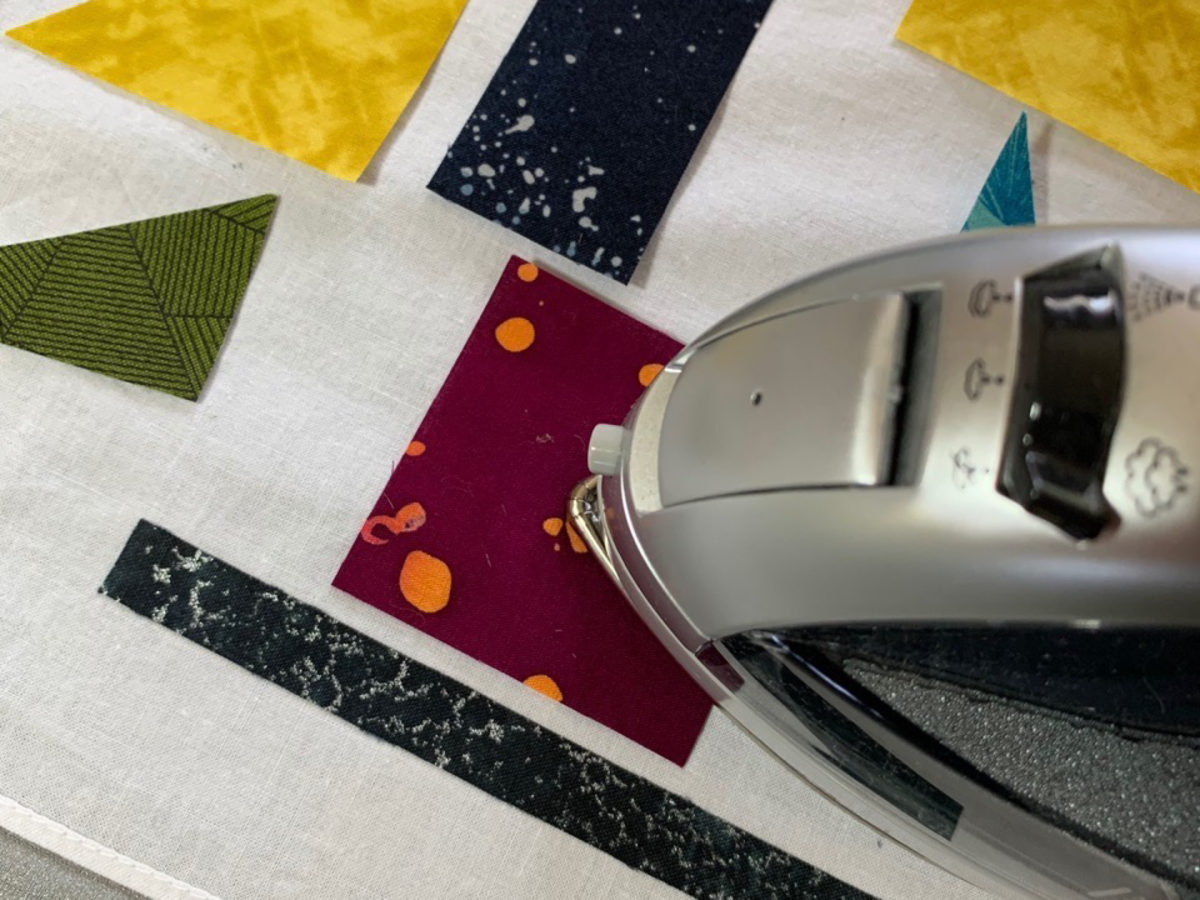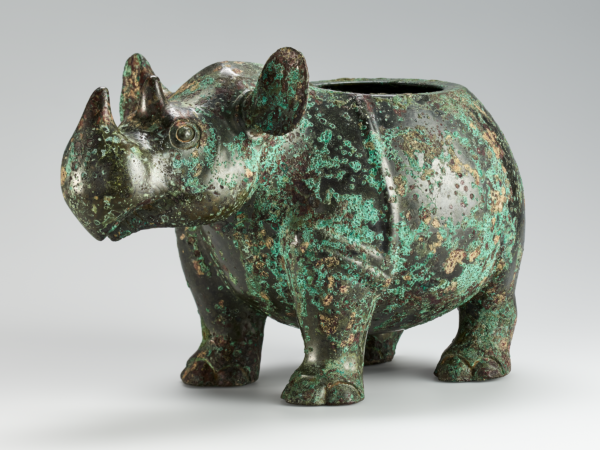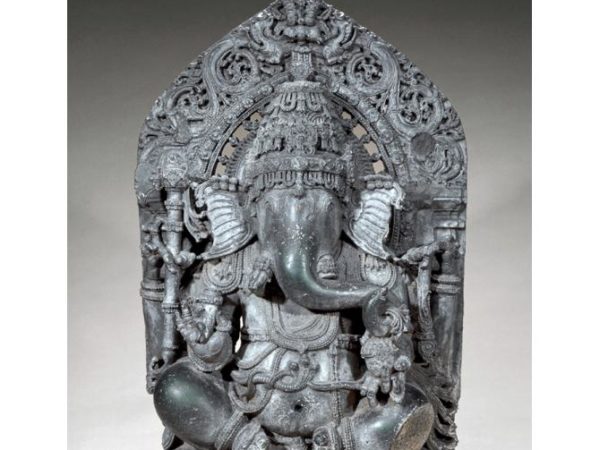Video
Make a No-Sew Bojagi
In this activity, you’ll learn how to make a no-sew bojagi that you can use to wrap a gift for a special person in your life.
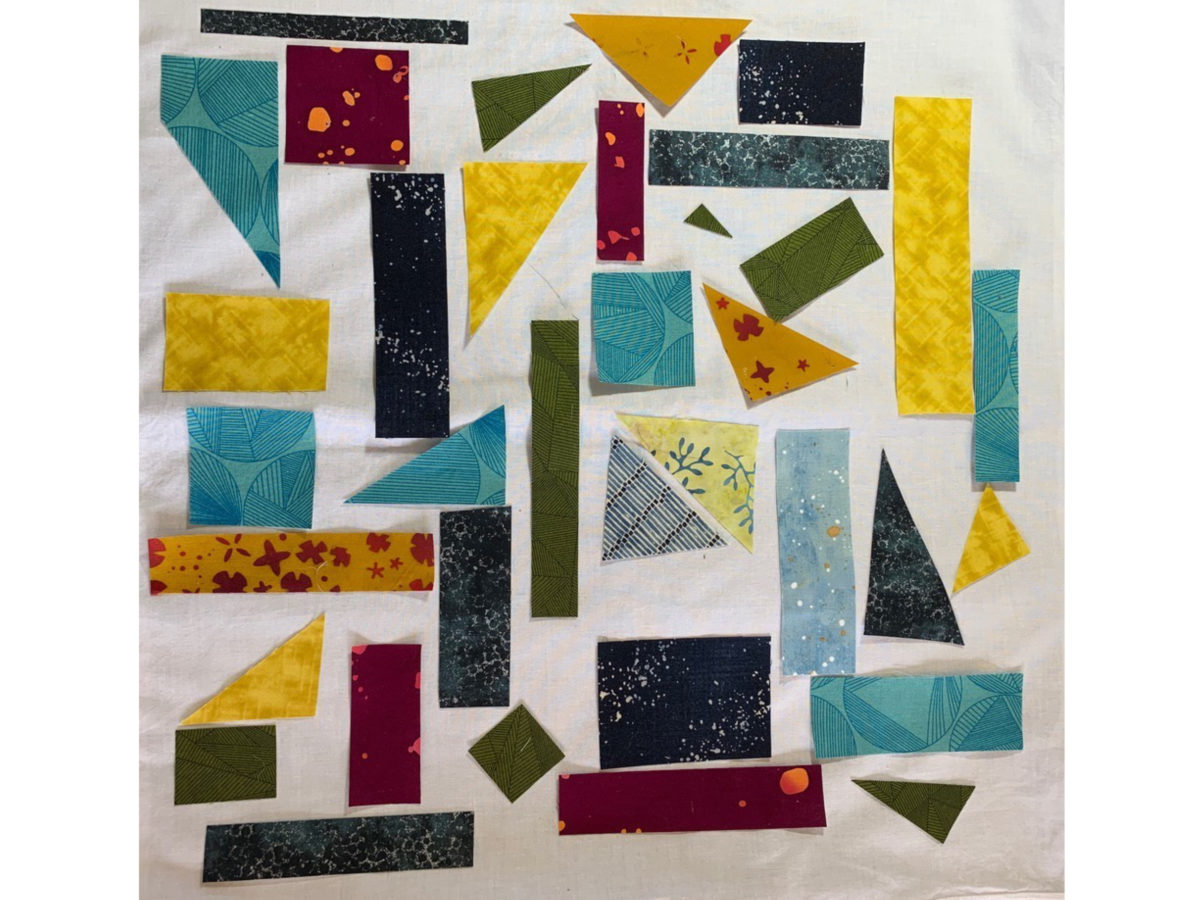
Click through the gallery for visual step-by-step directions.
“Bojagi” is a general term for all wrapping cloths in Korea. Some bojagi were made with specific people and functions in mind, like when mothers crafted bojagi for their daughters before weddings. Bojagi were viewed more as craft pieces than artwork, and it is only in recent decades that the aesthetic value of bojagi was rediscovered. By sewing together small, used cloth of various shapes and skillfully juxtaposing vibrant colors, the unknown makers of these bojagi created exciting designs akin to modern abstract art.
In this activity, you’ll learn how to make a no-sew bojagi that you can use to wrap a gift for a special person in your life. You can watch the video demonstration by artist Youngmin Lee or follow the illustrated steps below. For inspiration, search the Asian Art Museum’s online collection for “bojagi” to see examples of different combinations of colors and patterns you might use.
Materials
Base fabric (for instance, a plain cloth napkin, part of an old pillowcase, or a cutout from an old t-shirt)
Fabric scraps of many shapes, colors, and patterns
Scissors
Fabric adhesive: double-stick fabric tape or an iron-on option such as Wonder-Under
Iron and safe ironing surface (if you’re using an iron-on adhesive)
Making No-Sew Bojagi with Artist Youngmin Lee
Procedures
- Collect your fabric pieces. If you’re using an iron-on adhesive, carefully follow package directions.
- If you’re using double-sided tape, attach tape to each of your color scraps. If you’re using Wonder-Under, place your chosen section rough-side up.
- Lay a fabric scrap on top.
- Iron the two pieces together.
- Repeat for all of the fabric scraps you want to use.
- Arrange your colorful scraps on your base fabric. Take your time experimenting with different patterns. You can also cut your scraps into smaller shapes if that enhances your design.
- Peel off the paper backing on your adhesives and press the color scraps onto your base fabric.
- If you used iron-on adhesive, you now need to iron the pieces onto the base fabric again.
- Now use your bojagi to wrap a present for someone special! To learn different bojagi wrapping methods, go to the Hohodang YouTube channel for tutorials.
To learn more about bojagi and bojagi-making, check out Youngmin Lee’s Instagram: youngminlee_bojagi
If you’d like to share your finished bojagi with us, post it on social media with #AAMBojagi.

